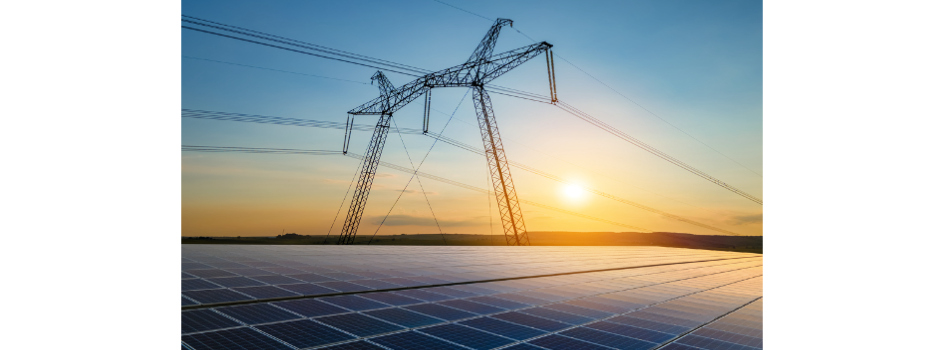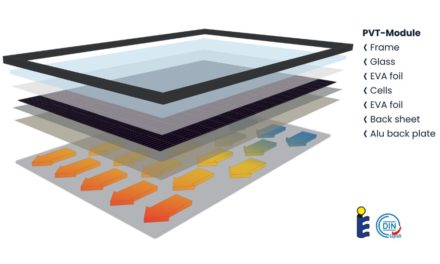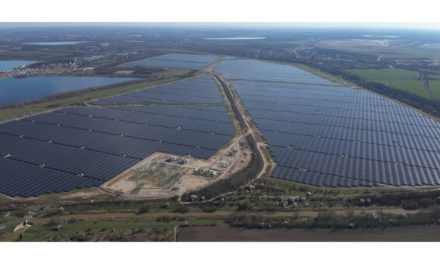- Germany’s Alliance 90/The Greens party has released its climate manifesto carving a big role for solar and wind energy
- For solar, it wants to increase the annual expansion target to 12 GW from 2022, and for wind it is 6 GW annually
- It wants to make solar the standard for new rooftops, including public and commercial buildings
- For green hydrogen, the electrolysis capacity target is planned to be increased from 5 GW to 10 GW
- Coal phase-out is scheduled to be preponed to 2030, instead of 2038 as has been committed by the government currently
With federal elections in Germany scheduled for September 26, 2021 and the country having recently witnessed one of the worst floods in the country in July 2021, the German Greens political party known as Alliance 90/The Greens has released its climate vision manifesto terming it Immediate Climate Protection Program, explained as 10 points. It promises big plans for renewable energy development.
For solar power, it wants an amendment to the current Renewable Energy Sources Act (EEG) to increase the annual expansion target for solar from currently 5 GW to 12 GW from 2022 onwards. For onshore wind, the expansion is planned to reach 6 GW annually ‘in order to triple them compared to the current level’.
The party wants to make solar systems ‘the standard’ for all new buildings, including public and commercial as well as to be incorporated for extensive renovations, by anchoring this solar obligation in the Building Energy Act. The German state of Baden Wurttemberg, the only state in the country with a Green Minister President, has already passed a law requiring mandatory solar installations for new buildings as of May 2022.
There are big plans for wind power in the document. The party aims to legally adjust are planning for wind power such that 2% of the country’s area is available for wind. The party’s climate manifesto proposes to streamline planning and permits through a separate permit law for onshore wind power with binding deadlines.
For offshore wind, the idea is to expand its presence in the North and Baltic Seas by raising targets in the Wind-at-Sea Act with an aim to have 35 GW of installed capacity by 2035.
Green hydrogen also finds mention as the Greens see it enabling climate-neutral industrial activities. It wants to raise the target for hydrogen electrolysis in Germany from 5 GW to 10 GW, and also introduce a market incentive program for electrolyzers at grid-friendly locations through which capital costs of hydrogen production are subsidized.
The Greens propose to bring coal phase-out to 2030, preponing it from 2038, while enabling more and faster additional green electricity production for industry with the help improved conditions for green electricity direct supply contracts, in common parlance, power purchase agreements (PPA).
Another point covered by the document is to turn coming federal budget into a ‘climate protection budget’. “To this end, we are increasing investments in climate protection by an additional €15 billion ($18 billion) at the start of our investment offensive,” reads the document.
If they form the government, the Greens also want to enter into negotiations with Germany’s coastal neighbours about connecting offshore parks and joint projects in the exclusive economic zone.
The document can be read on the Greens’ website in German language.
Background
Under the new EEG 2021 act passed by the German Parliament in December 2020, the government targets to achieve 100 GW of total solar capacity by 2030, making the industry not too happy (see German Parliament Passes EEG 2021; Industry Not Happy). Even the utilities’ lobby BDEW was asking for a 150 GW 2030 target. While preponing the 100% climate neutrality target from 2050 to 2045 in June 2021, the German government has reserved its decision on demand to adjust renewable energy target for 2030, to be taken after the September 2021 elections.















